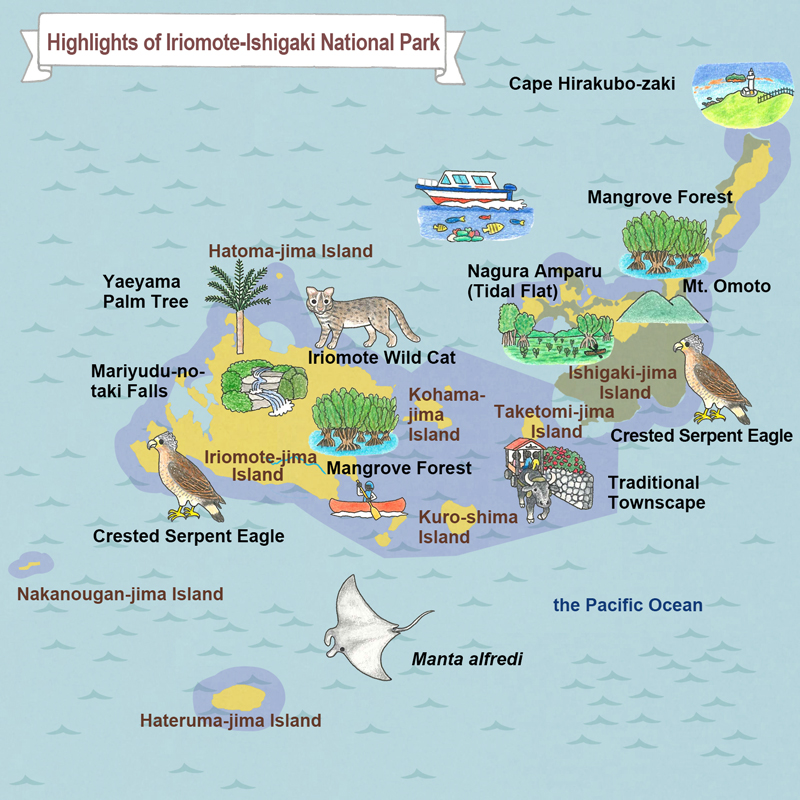- MOE
- National Parks of Japan
- Iriomote-Ishigaki National Park
- Guide of Highlights
main body
Highlights of Iriomote-Ishigaki National Park
Hateruma-jima Island
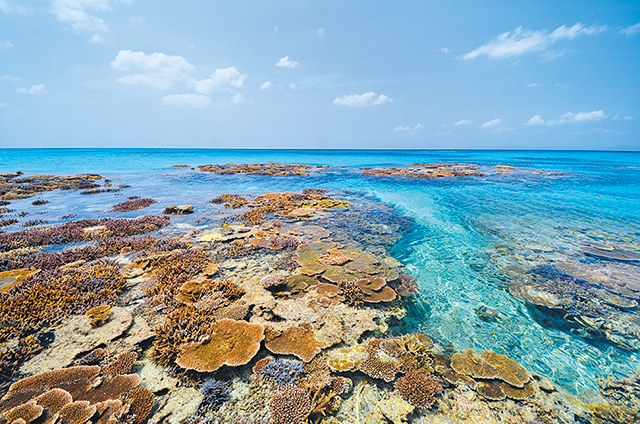
Hateruma-jima Island
Japan's southernmost inhabited island, Hateruma-jima Island has traditional rows of houses and extensive Sugar Cane fields. Located on the island's northwest coast, Nishihama Beach is a popular spot for snorkeling, with its pure-white sand beach and beautifully transparent ocean water.
Hoshizuna-no-hama Beach
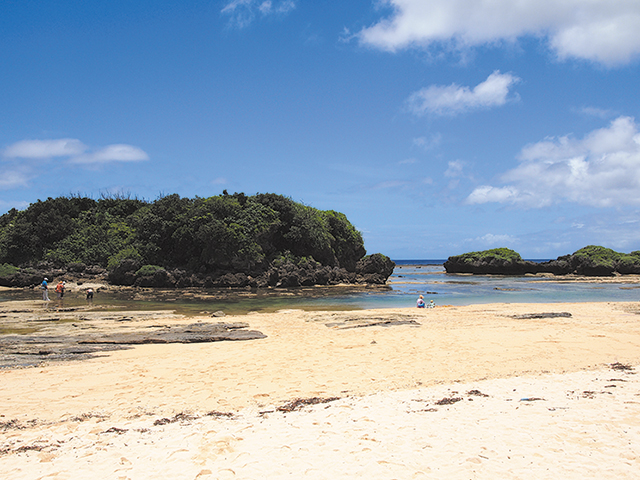
Hoshizuna-no-hama Beach
These beaches are created through the accumulation of foraminiferal shells. The interweaving beaches and reefs create a quiet coastline characteristic of Iriomote-jima Island where swimming can also be enjoyed.
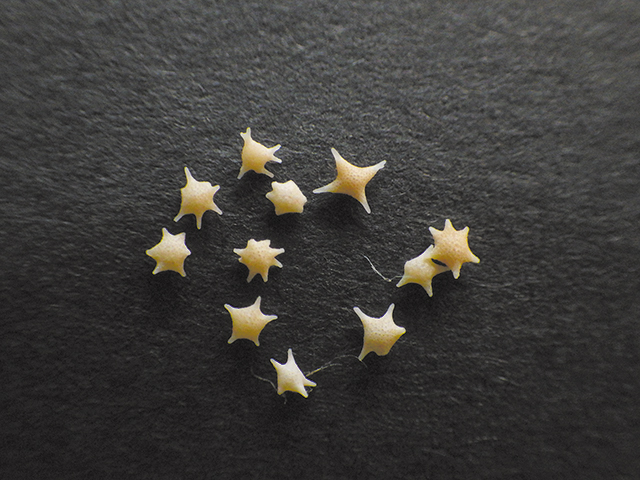
Star Sand
Mariyudu-no-taki Falls
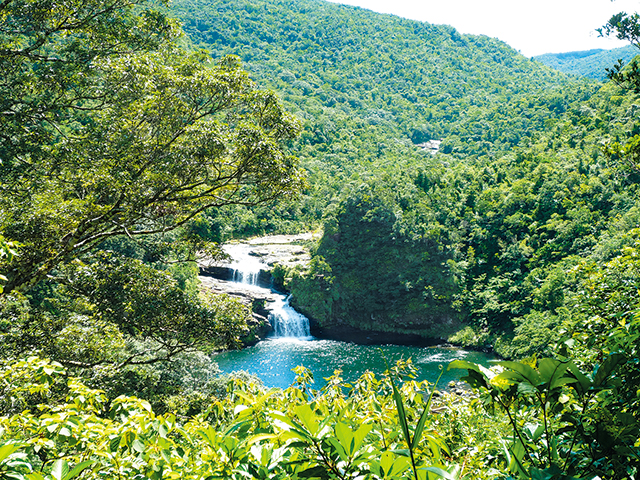
Mariyudu-no-taki Falls
These beautiful falls have been selected as one of Japan's Top 100 Waterfalls. They can be viewed by traveling upstream along the Urauchi River by sightseeing boat or canoe to Gunkan-iwa, then walking for approx. 40 minutes along a path through subtropical forest until you reach the observatory.
Pinaisara-no-taki Falls
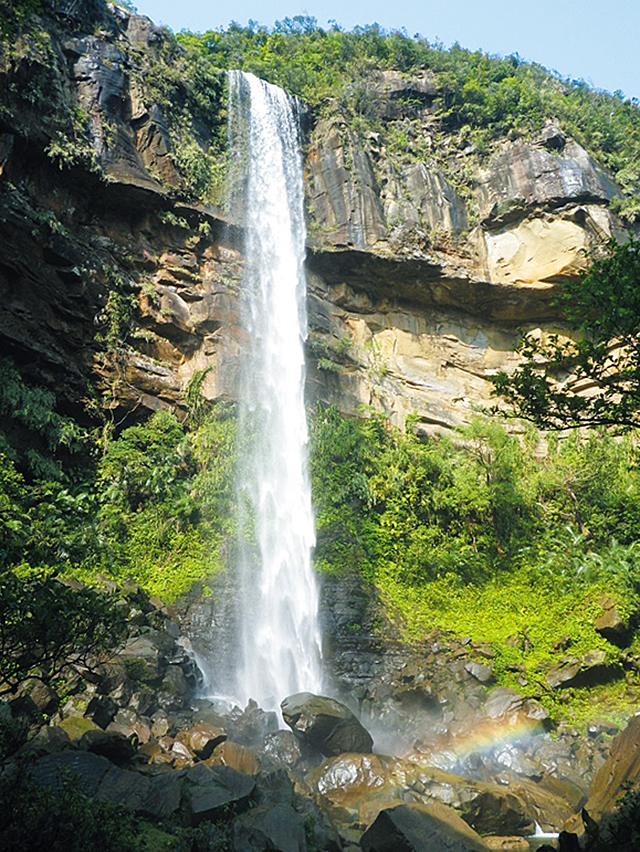
Pinaisara-no-taki Falls
Boasting the largest drop (55 m) of any waterfall in Okinawa Prefecture and displaying rough bare rocks within a subtropical evergreen broad-leafed forest, this waterfall presents one of Iriomote-jima Island's most representative landscapes. The waterfall can be viewed from the Funaura Marine Road.
Nakama River
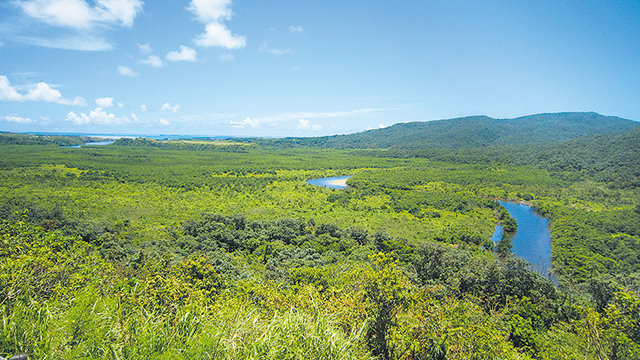
Nakama River
From the river mouth to halfway along its course, the river banks are covered in a mangrove forest that is the largest in Japan. This forest can be viewed from sightseeing boats and while canoeing along the river.
Kohama-jima Island
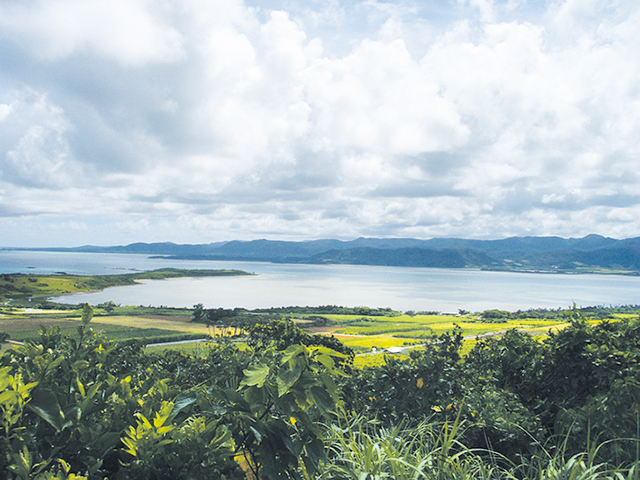
Kohama-jima Island
Located in virtually the center of Yaeyama, this island presents a diverse range of scenery within a small land area--villages where the houses have traditional red-tiled roofs, Sugar Cane fields, and mangrove communities. Here you can fully experience "Okinawa-ness" at your leisure.
Kuro-shima Island
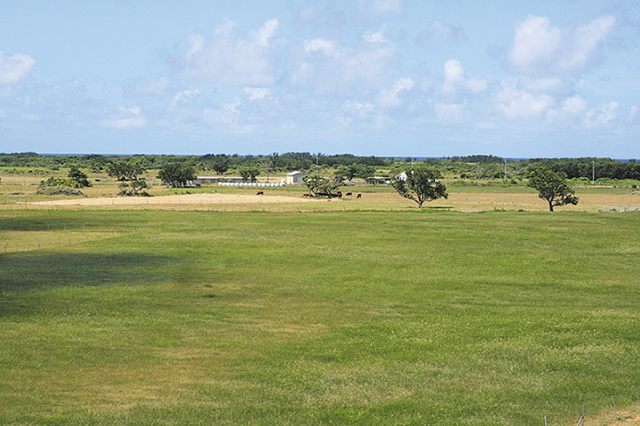
Kuro-shima Island
Some 3,000 head of cattle graze on this heart-shaped island, which is characterized by its idyllic farming landscape. Nakamoto Beach is a popular spot for snorkeling, and it is possible to observe sea turtles up close at the Kuro-shima Research Station.
Traditional Townscape/Taketomi-jima Island
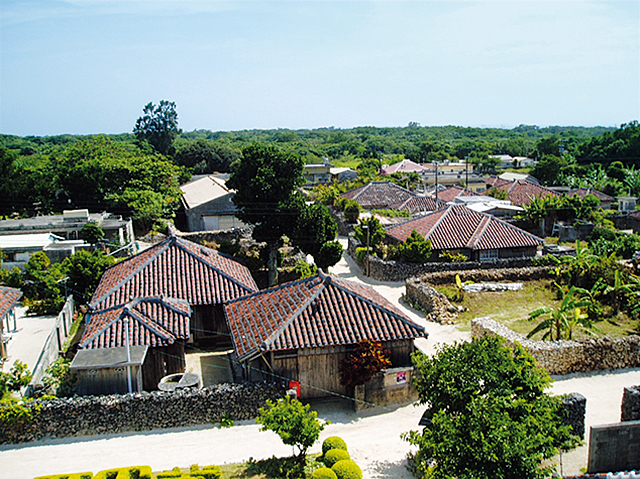
Traditional Townscape/Taketomi-jima Island
A small raised coral island, Taketomi-jima Island preserves the unique Okinawan townscape and has been designated as an Important Preservation District for Groups of Traditional Buildings. Exploring the island by bicycle is recommended.
Nagura Amparu (Tidal Flat)

Nagura Amparu (Tidal Flat)
This approx. 160 ha mangrove forest spread along the Nagura River is registered under the Ramsar Convention on Wetlands. The area is especially important as a stopping point for migrating birds, and many visitors come to observe the wild birds here.
Kabira Bay

Kabira Bay
Kabira Bay is Ishigaki-jima Island's top scenic spot, providing spectacular views of the deep blue ocean, white beaches, and islets dotting the ocean. The beautiful underwater seascape can be enjoyed from glass-bottom boats.
Mt. Omoto
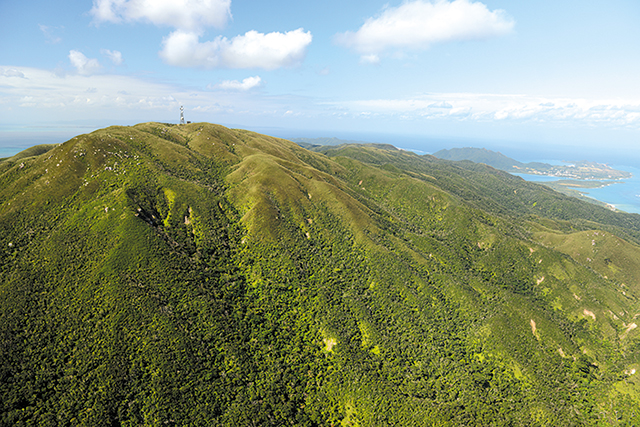
Mt. Omoto
Okinawa Prefecture's highest peak, Mt. Omoto can be climbed in approx. one hour. From the summit it is possible to see the Omoto Mountain Range as well as the beautiful ocean and coral reefs surrounding Ishigaki-jima Island.
Yonehara

Yonehara
The Yaeyama palm tree is a species unique to the Yaeyama Islands, growing only on Ishigaki-jima and Iriomote-jima Islands, and the Yaeyama palm tree community in Yonehara is a designated national natural monument. Boardwalks have been built through the Yonehara Palm Community where visitors can walk.
Shiraho

Shiraho
Here can be found the largest blue coral community in the Northern Hemisphere, which the IUCN (International Union for Conservation of Nature and Natural Resources) decided in 1988 should be preserved as a World Heritage site. The stunning underwater seascape can be enjoyed when snorkeling or from glass-bottom boats.
Cape Hirakubo-zaki

Cape Hirakubo-zaki
The ocean waters around Cape Hirakubo-zaki are extremely highly transparent, with coral communities covering a wide area. From the Cape Hirakubo-zaki Observatory it is possible to enjoy breathtaking scenery in harmony with the grasslands landscape.
Wildlife
Mangrove Forest

Mangrove Forest
Mangrove forest unique to sub-tropical climates develop in areas of brackish water resulting from the mixing of fresh and sea water. Notably the Nakama River on Iriomote-jima Island is known for the largest mangrove forest in Japan.
Crested Serpent Eagle (Spliornis cheela perplexus)

Crested Serpent Eagle (Spliornis cheela perplexus)
Found in the forests, mountain arable areas, and the flatlands of Ishigaki-jima Island and Iriomote-jima Island. A decrease in numbers is feared due to development and traffic accidents, and changes in the habitat. Extinction is a possibility.
Iriomote Wild Cat (Prionaliurus bengalensis iriomotensis)
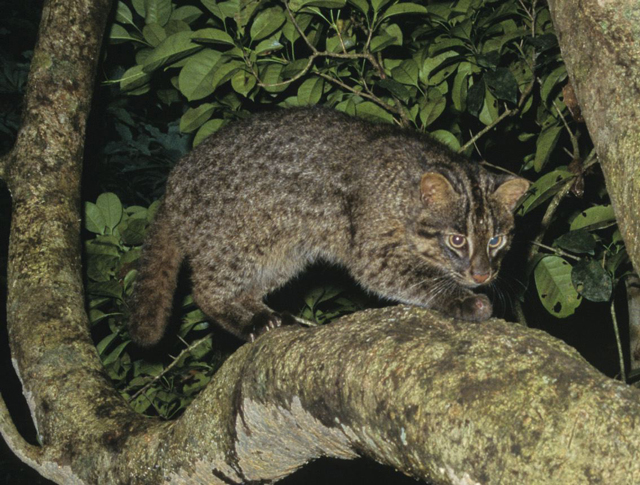
Iriomote Wild Cat (Prionaliurus bengalensis iriomotensis)
A wild cat discovered on Iriomote-jima Island in 1965. Unique to the island. Numbers are decreasing due to development and traffic accidents, etc. Protection measures have been implemented due to the fear of extinction.
Manta alfredi

Manta alfredi
Found in Kochi Prefecture and the coastal areas of the Ryukyu Islands. Often mingling with Manta rays. Confirmed as a separate species in 2009. The Manta alfredi is primarily seen in the sea around the Yaeyama Islands.
